
Landscape Photography tips for the Deserts of the American Southwest
The “canyon country” of the Western US is simply magical. Not only does it have some of the most magnificent, grand scenery, but it’s also surprisingly diverse in terms of landscape photography opportunities. From rivers, to woodlands, to sunrises, sunsets, and of course lots of amazing geologic formations, the Colorado Plateau, as we often call it, is a stupendous place to enjoy classic landscape photography.
Whether you’re headed to this exact region on a specialized Southwest Nature Photo Adventure or simply would like to hone your landscape photography skills, these tips are sure to give you the tools you need to elevate your landscape photography when faced with wildly impressive scenes.
How to make big landscapes look big
This one is counterintuitive…Oftentimes the best way to make a big landscape look big is to avoid taking the big, wide-angle shot that includes absolutely everything.
While the below photos is okay, it doesn’t really do justice to the extraordinary size and scale of a place as magnificent as Bryce Canyon National Park.
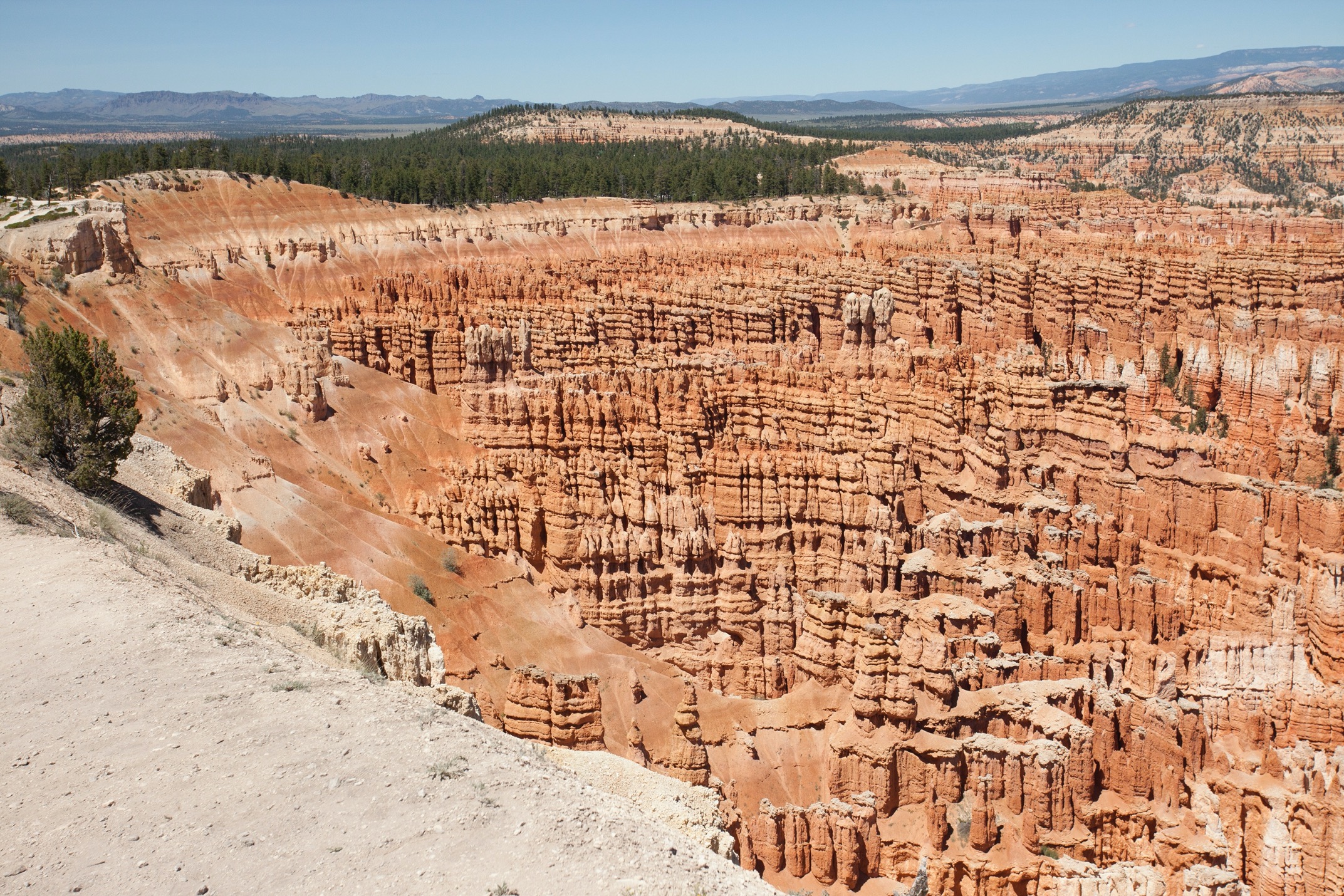
What I often suggest is that the photographer looks at a scene like this and breaks it into different components. This allows the individual features of the landscape to take up more space in the frame and make a bigger impression.

While the above photo is still indeed rather wide, it doesn’t attempt to capture the whole scene in one photo. Instead, it’s purposefully limited in what it includes and what it doesn’t. That is, very little sky and only a specific angle of view in one direction (vs. a full 110 degree view in the first photo).
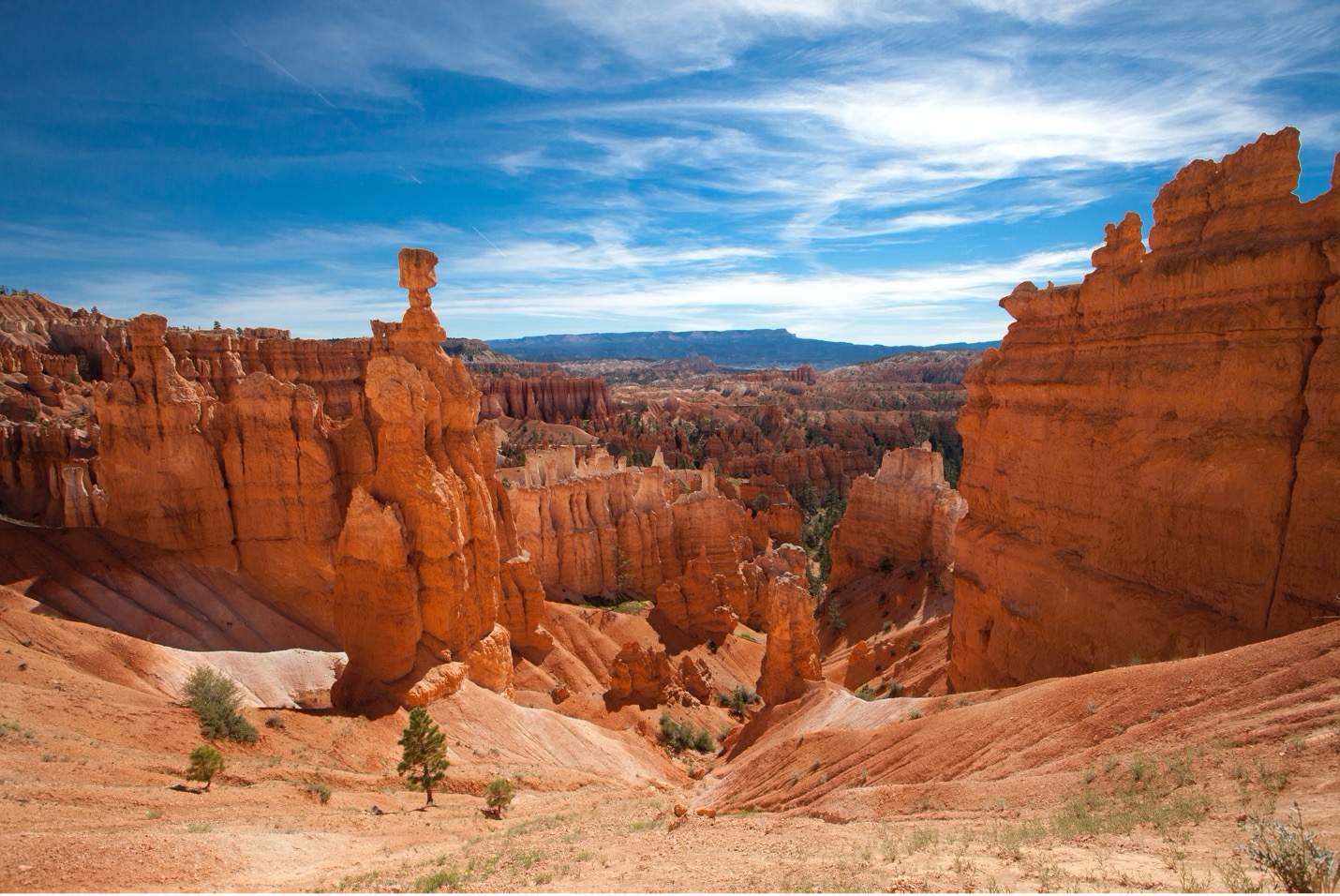
Above you’ll see another example. This one has the fewest hoodoos (those gorgeous columnar rock structures famous in Bryce Canyon), yet there is something distinctly powerful and grandiose about those in the frame.
Prioritize great light
Talking about the importance of light with photography is so common of a topic that it’s almost cliché. However, that doesn’t mean that it’s still not ultra-important to the success of your photography. And great light is particularly important when it comes to striking landscape photography in the deserts of the American Southwest.
There are many ways that light can be “great.”
We often hear about how mornings and evenings are particularly good for light. This is 100% true. The light at these times of day often takes on interesting colors, as light passes through more atmosphere. In addition, the angle of the light is sharper, which makes for softer light and softer shadows.
Interesting colors, plus softer, angled light combines to do great things in areas that already are teeming with colorful scenes, like in the “red rock” areas of just about all desert areas in Utah and Northern Arizona.

While getting out earlier and staying later is the obvious advice here, you can also use overcast days to lessen the harshness of mid-day, top-down sunlight. The American Southwest is also replete with canyons that give you opportunities for angled light within the canyons, no matter how bright a noon-day sun may be.
PHOTO OF ANGLED LIGHT IN SLOT CANYONS
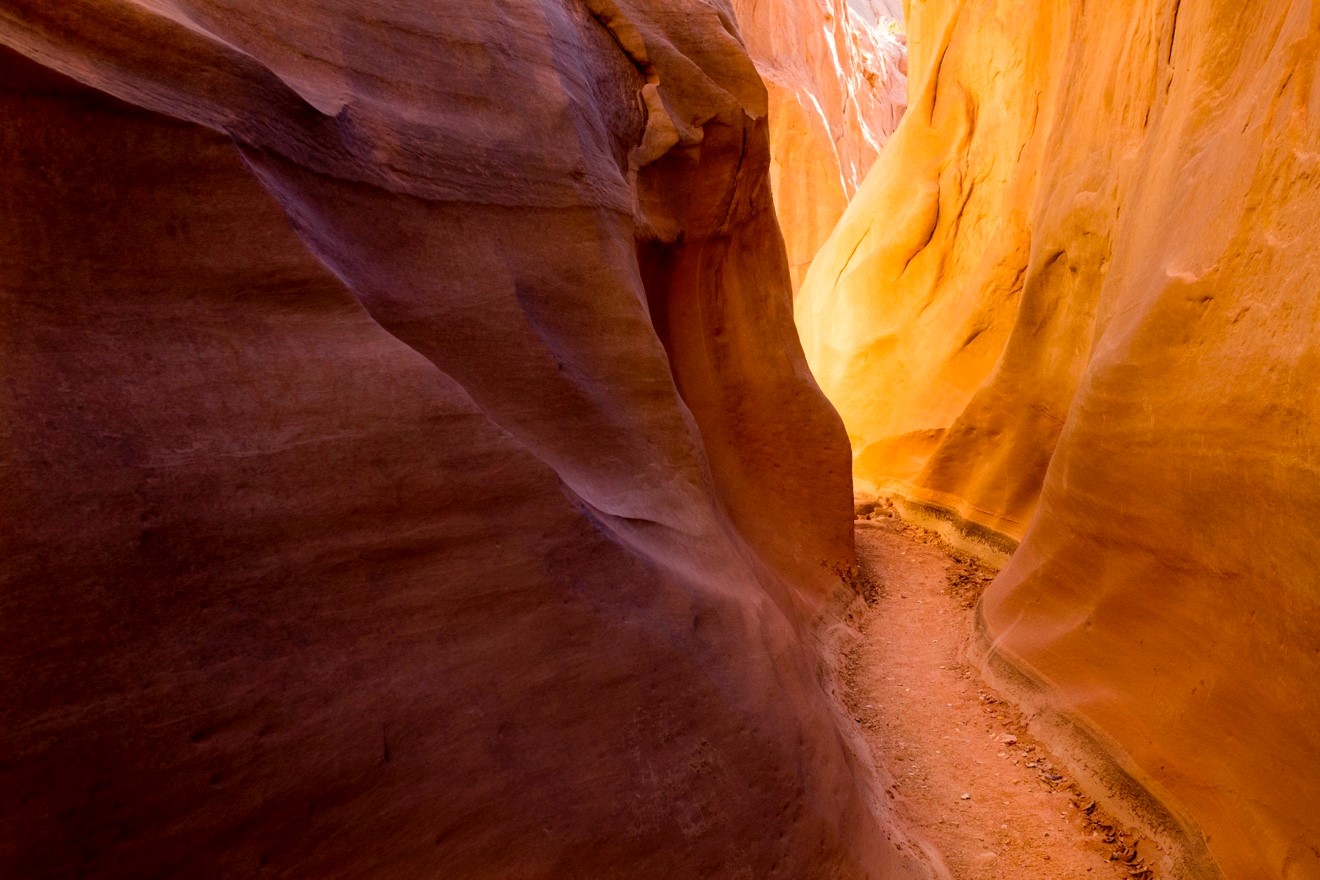
Using additional elements for providing scale and context
Another classic challenge when photographing the grandest landscapes on the planet, like those in the American Southwest “canyon country,” is portraying the general scale of the features in your photos.
Three-hundred-foot-tall hoodoos are not something everyone understands or knows about. How do you showcase their size to the viewer?
One very easy trick is to put something familiar in that landscape photo for the primary purpose of showing relative scale and size.
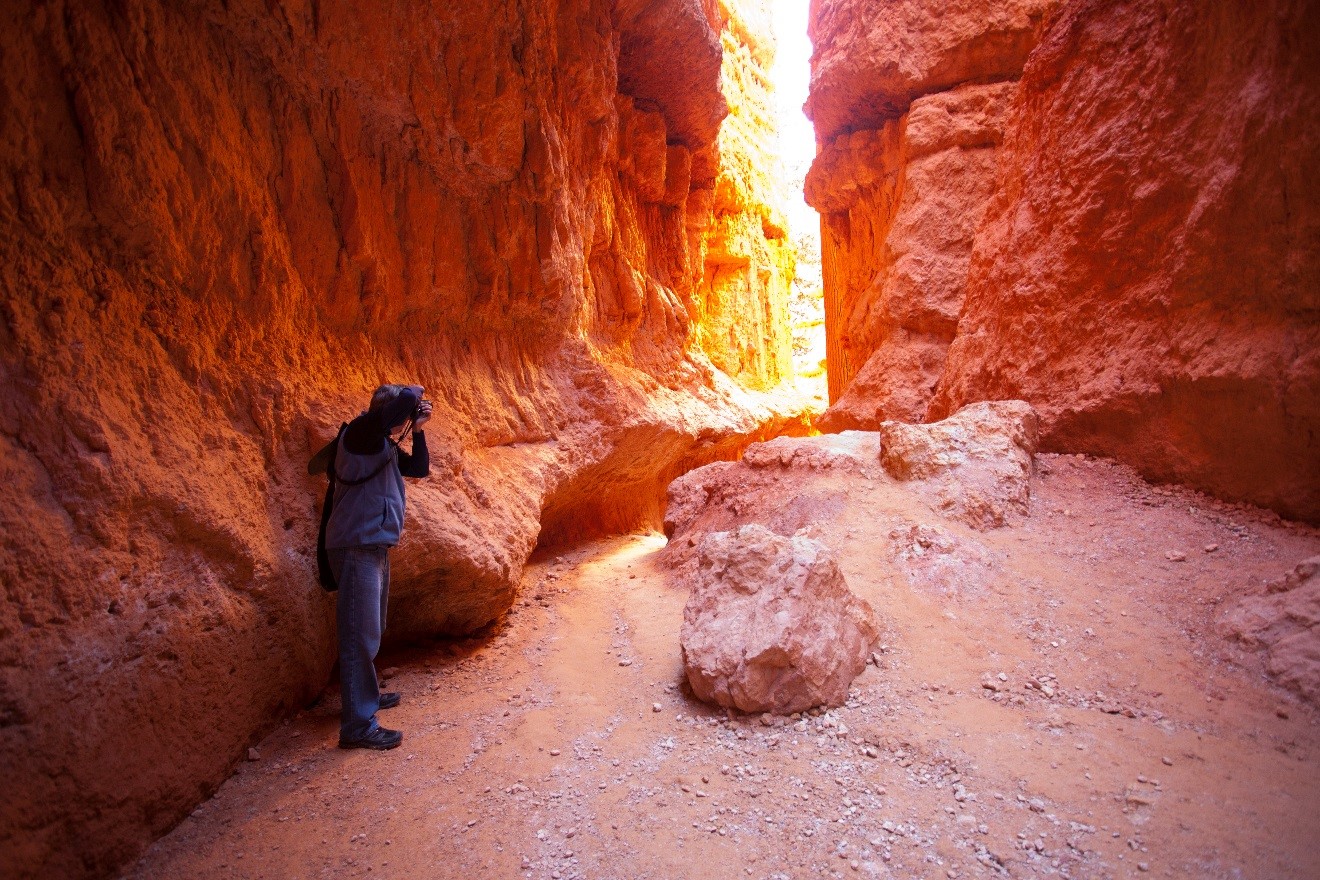
While fellow travelers can be an easy, enjoyable, and evocative solution here, you may wish to take a moment with each photo to look around for other options.
What about a vehicle, a sign, or trail marker? Also, trees can be great indicators of relative size, as most folks know the approximate range of what a big tree might be like.
Can you place a tree or trees in a way that they are dwarfed by the surrounds?
PHOTO OF TREES BEING DWARFED BY BIG SURROUNDINGS
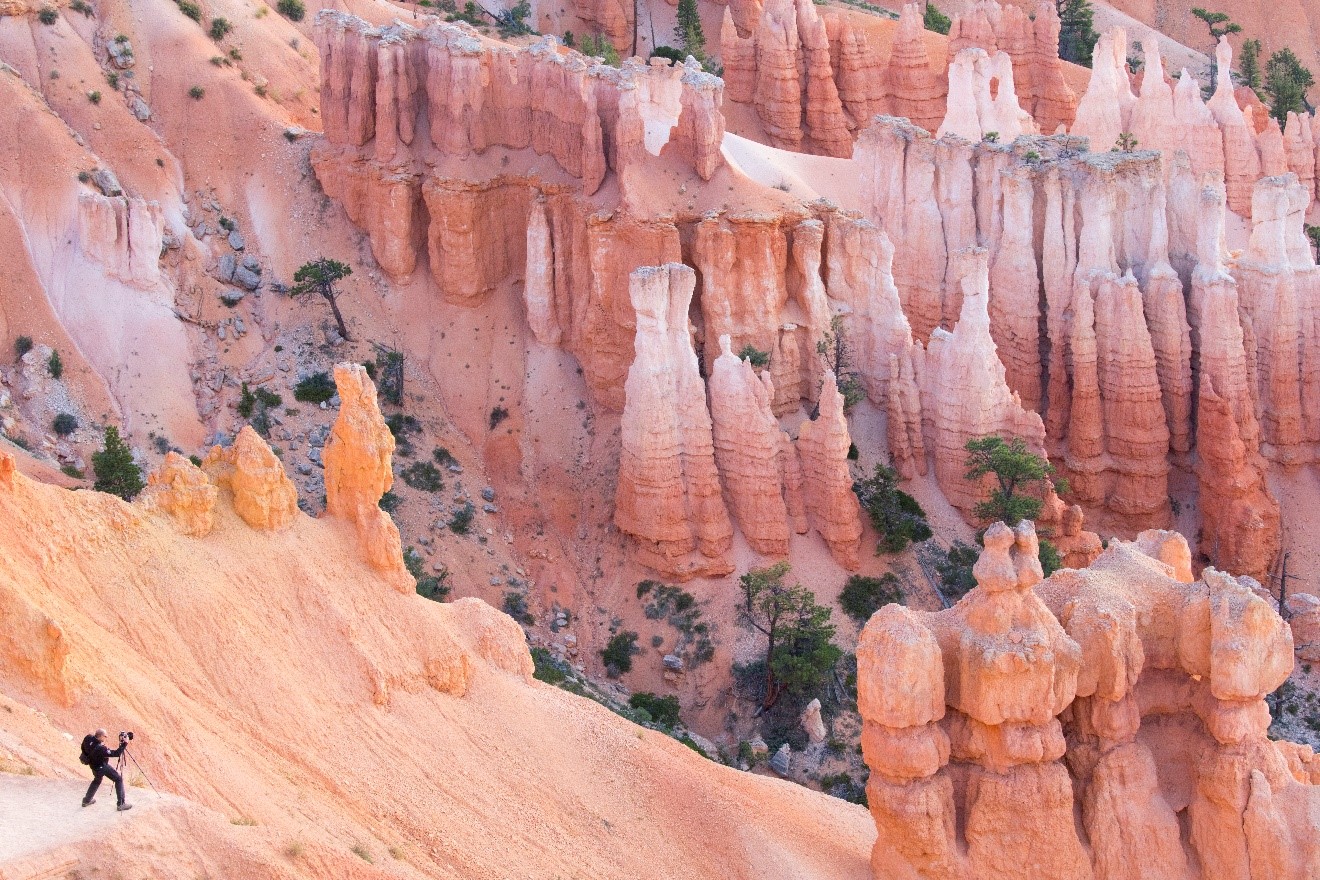
Ensuring post-processing success
We’re talking about photoshopping here. However, that word has certain connotations that often make people think about fakeness in a photo. While that is of course one thing photoshopping can do, I instead value it as a tool to make your photos more of what they actually looked like instead of creating something from a fantasy sci-fi.
Simply put, for each photo I take, I consider tweaking several different “sliders” in photoshop (aka, Lightroom or Adobe Camera Raw). The first is exposure. Sometime you, or your camera, just don’t get it perfect in-camera. You may need to lighten or darken your photo to bring out the right lighting scheme you intended.

But more importantly for the areas we’re talking about here, I’m looking at both white balance and saturation on each photo.
First, I experiment with white balance, like changing a photo that was originally shot as “auto white balance” and adjusting it to “cloudy” or “daylight.” You’ll be surprised how much that affects the color temperature of your photo…making it look warmer or cooler.
Next, I will toy with my saturation slider to see if increasing the amount of color in my photo makes it more accurate to what I saw in the moment.
Pro Tip: Sometimes I will use vibrance instead of saturation, which is basically a “smart” saturation and avoids oversaturating certain colors prone to looking fake—like greens and oranges. (note, that for canyons areas, sometimes you do indeed want to saturate oranges equal to all other colors, so vibrance isn’t the most helpful here).
To photoshop or not to photoshop…that is the question
If you are on the fence about whether or not photo editing will make your photo look fake or not, try this out for me…
When you are on your next photo outing, and you find a great scene, take the same photo as both a RAW and as a JPEG.
What you are likely to see is that the RAW (which is what we usually take our editable photos as) will look rather drab, whereas the JPEG (which is what most people who avoid editing use as their file type) will look vibrant, textured, and full of great contrast. This is a way for your camera, as a digital instrument, to correct for conditions of the day to best represent what was actually seen in the moment.

This is because JPEG actually does some editing of the photo to bring out colors, contrasts, and more, before saving the photo on your memory card as a final version. Thus, you may quickly realize that if you do take your photos in RAW, you must edit your photos, or else you are deliberately leaving them drabber than what was occurring before your eyes.
I will also mess around with clarity, shadows and highlights, but these aren’t specific to canyons areas. But just like the previous example, JPEG compression does actually make adjustments to these, giving you further reason to feel good about editing your RAW files in several ways.
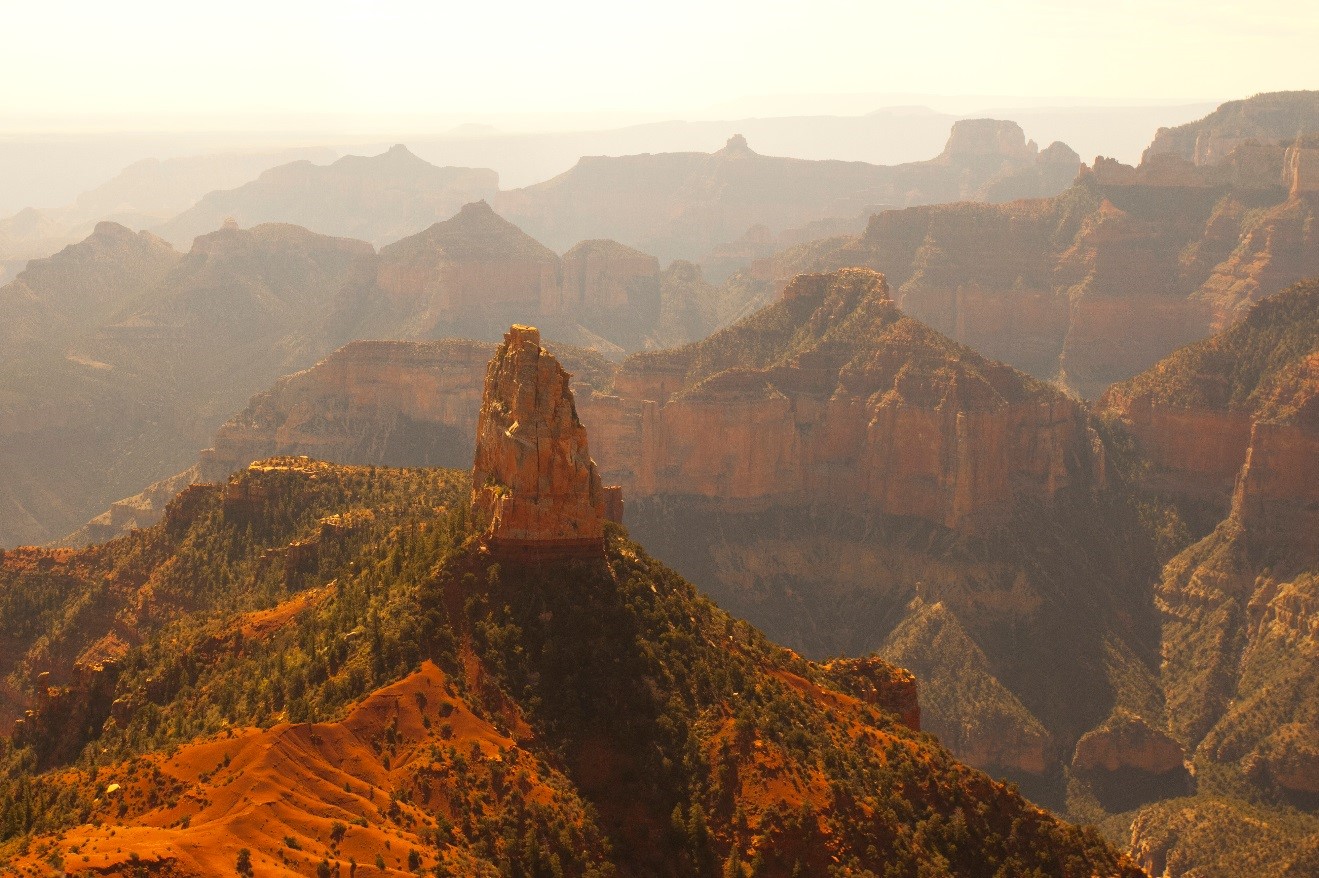
And that’s about it! I hope I didn’t overwhelm with this last section on photo editing. It’s something I’m always delicate with, as it can be easily confusing, and I realize not everyone dabbles in this post-processing step as a natural photographer.
However, if you found it helpful and would like to read more tips on photo editing, I’d love to hear from you in the comments below!
If you’re headed to the great Southwest deserts of the US soon on a Canyons Photo Adventure of sorts, I hope you found this helpful and I hope you have an extraordinary time in one of my favorite regions on the entire planet.
Cheers,

Court
Leave a reply